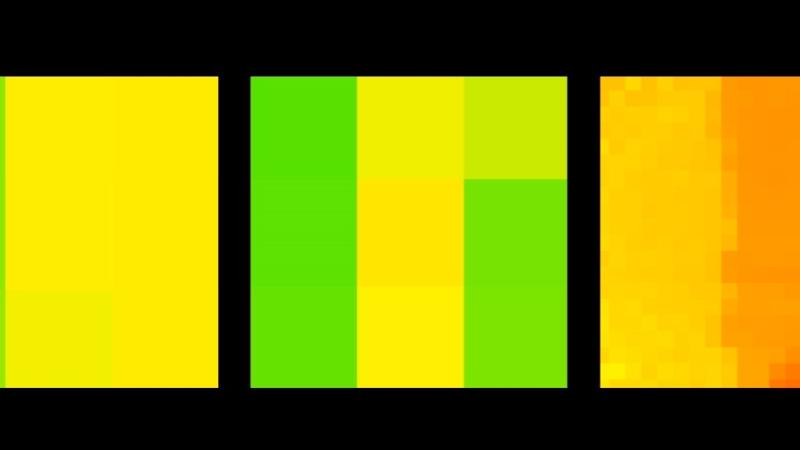Affordable and efficient sensor system researched, developed, and tested at Rensselaer
June 22, 2020

TROY, N.Y. — Short of cameras, there are few tools at the disposal of health care providers or loved ones to remotely monitor patient safety within hospitals and assisted living care facilities. A new system of infrared sensors is able to provide real-time data about a person’s movements in a room while also maintaining their privacy.
Developed at the Center for Lighting Enabled Systems & Applications (LESA) at Rensselaer Polytechnic Institute, the system was originally designed to make energy management in buildings more efficient. However, researchers realized that it also provides an effective and affordable solution for a major challenge in health care.
“We can thread this balance of information and privacy,” said Bob Karlicek, the director of the LESA Center. “It turns out that lighting and light field sensing give us a tremendously powerful tool for figuring out where people are and estimating what they are doing, but without creating an image of who they are.”
The system relies on what Karlicek calls occupant-centric control. More specifically, a set of sensors uses infrared light to measure distances between sensors and objects in order to identify where someone may be in a room.
“It doesn’t contain any image information,” Karlicek said. “It just measures distance, so it can tell if a person is standing, sitting, or lying down on the floor. And it can actually tell the difference between where people are standing and how they are interacting with other people.”
Such measurements could alert a caregiver that someone has fallen, document the last time someone checked on their loved one, or even help detect cognitive decline over time.
“We can determine, for example, how much time they spend in their favorite chair, if they’re getting up later, or if they walk into a part of the house three times in rapid succession — indicating they might have forgotten what they went into a room for,” Karlicek said.
The use of infrared light to measure distance is not a new concept. What’s novel about this approach, Karlicek said, is the development of a very inexpensive sensor that has data analytics built right into it, allowing the sensors to collect data, process it, and communicate with each other in order to track movement within a room. Affordability will be essential for widespread implementation.
“To make this a cost-effective technology, we’ve developed a completely new sensor using state-of-the-art technologies to be able to measure distances with an extremely high fidelity, but at very low cost,” Karlicek said.
The LESA Center team is now exploring avenues for commercializing this technology. Making buildings more capable, efficient, and helpful to the people who use them is part of the larger mission of the center.
Karlicek said he envisions a future in which buildings, in addition to being as efficient and safe as possible, can identify the needs of their occupants without those individuals having to give up any unnecessary private information.